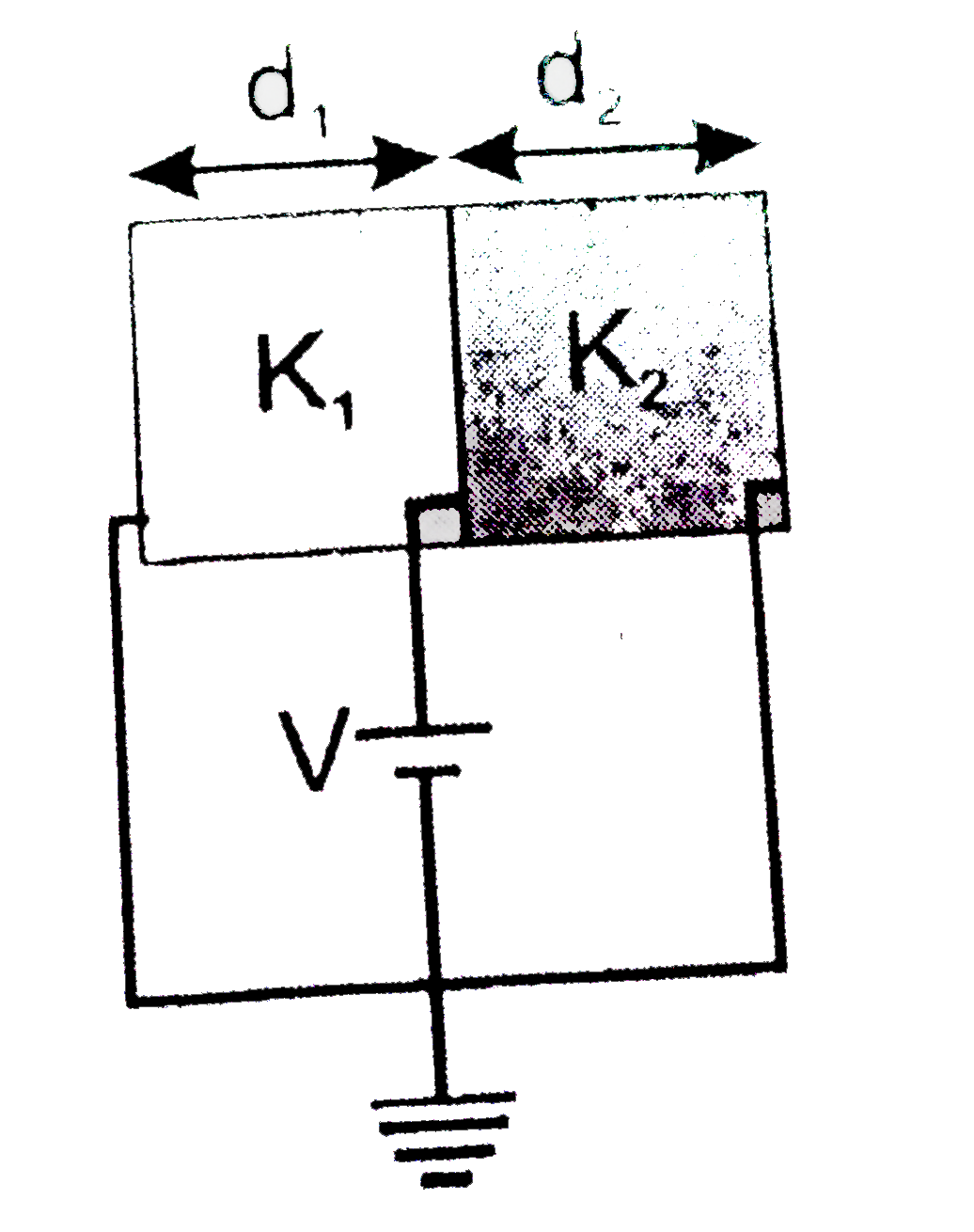Show that the dynamic plate resistance of a diode is 2V3i where V and i are the plate voltage and the plate current respectively. Assume Langmuir-Child equation to hold.
To show that the dynamic plate resistance Rd of a diode is given by the formula Rd=2V3i, where V is the plate voltage and i is the plate current, we will use the Langmuir-Child equation. The steps are as follows:
Step 1: Write the Langmuir-Child Equation
The Langmuir-Child equation relates the plate current i to the plate voltage V and is given by:
i=CV32
where C is a constant.
Step 2: Differentiate the Langmuir-Child Equation
To find the dynamic plate resistance, we need to differentiate the Langmuir-Child equation with respect to V:
didV=32CV12
Step 3: Express Dynamic Plate Resistance
The dynamic plate resistance Rd is defined as:
Rd=dVdi
To find Rd, we need to take the reciprocal of didV:
Rd=1didV=132CV12
Step 4: Relate i and V
From the Langmuir-Child equation, we can express C in terms of i and V:
C=iV32
Substituting this expression for C back into the equation for Rd:
Rd=132(iV32)V12
This simplifies to:
Rd=132⋅iV32⋅V12=V3232iV12=2V323iV12
This further simplifies to:
Rd=2V3i
Conclusion
Thus, we have shown that the dynamic plate resistance of the diode is given by:
Rd=2V3i
---
The Langmuir-Child equation relates the plate current i to the plate voltage V and is given by:
i=CV32
where C is a constant.
To find the dynamic plate resistance, we need to differentiate the Langmuir-Child equation with respect to V:
didV=32CV12
The dynamic plate resistance Rd is defined as:
Rd=dVdi
To find Rd, we need to take the reciprocal of didV:
Rd=1didV=132CV12
From the Langmuir-Child equation, we can express C in terms of i and V:
C=iV32
Substituting this expression for C back into the equation for Rd:
Rd=132(iV32)V12
This simplifies to:
Rd=132⋅iV32⋅V12=V3232iV12=2V323iV12
This further simplifies to:
Rd=2V3i
Thus, we have shown that the dynamic plate resistance of the diode is given by:
Rd=2V3i
Topper's Solved these Questions
- BOOK - HC VERMA ENGLISHCHAPTER - ELECTRIC CURRENT THROUGH GASESEXERCISE - Objective 17videos
ELECTRIC CURRENT THROUGH GASES
- BOOK - HC VERMA ENGLISHCHAPTER - ELECTRIC CURRENT THROUGH GASESEXERCISE - Objective 25videos
ELECTRIC CURRENT THROUGH GASES
- BOOK - HC VERMA ENGLISHCHAPTER - ELECTRIC CURRENT THROUGH GASESEXERCISE - Short answer6videos
ELECTRIC CURRENT THROUGH GASES
- BOOK - HC VERMA ENGLISHCHAPTER - ELECTRIC CURRENT IN CONDUCTORSEXERCISE - questions for short answer17videos
ELECTRIC CURRENT IN CONDUCTORS
- BOOK - HC VERMA ENGLISHCHAPTER - ELECTRIC FIELD AND POTENTIALEXERCISE - Objective 27videos
ELECTRIC FIELD AND POTENTIAL
Similar Questions
The dynamic plate resistance of a triode valve is 10kΩ. Find the change in the plate current if the plate voltage is changed from 200V to 220V.
View SolutionThe mutual conductance of a triode value is 2.5millimho. Find the change in the plate current if the grid voltage is changed from −2.0V to 4.5V.
View Solution
Knowledge Check
- Question 1 - Select One
The V-I characteristic of a silicon diode is shown in figure . The resistance of the diode at ID=15 mA is
 A5ΩB10ΩC2ΩD20Ω
A5ΩB10ΩC2ΩD20Ω
For an electronic valve, the plate current I and plate voltage V in the space charge limited region are related as
View SolutionA triode is operated in the liner region of its characteristics. If the plate voltage is slightly increased, the dynamic plate resistance will
View SolutionA parallel plate capacitor 20 μF is being charged by a voltage source whose potential is changing at the rate of 3 V/s. The conduction current through the connecting wires, and the displacement current through the plates of the capacitor, would be, respectively:
View SolutionThe cathode of a diode valve is replaced by another cathode of double the surface area. Keeping the voltage and temperature conditions the same, will the plate current decrease, increase or remain the same?
View SolutionA hot plate with regulated power is designed for a voltage of 220 V and has two spiral heater elements of 120 ohm and 60 ohm resistance, respectively. Devise a circuit diagram which would enable the plate to operate at three power-outputs: of 400 W, 800 W and 1200 W.
View SolutionA capacitor is composed of three parallel conducting plates. All three plates are of the same area A. The first pair of plates are kept a distance d1 apart, and the space between them is filled with a medium of a dielectric K1 . The corresponding data of the second pair are d2 and K2, respectively. The middle plate is connected to the positive terminal of a constant voltage source V and the external plates are connected the other terminal of V.

(a) Find the capacitance of the system .
(b) What is the surface charge density on the middle plate ?
(c) Compute the energy density in the medium K1View SolutionThe currect voltage relation of diode is given by I=(e1000V/T−1)mA, where the applied voltage V is in volt and the temperature T is in degree Kelvin. If a student makes an error measuring ±0.01V while measuring the current of 5mA at 300K, what will be error in the value of current in mA?
View Solution

